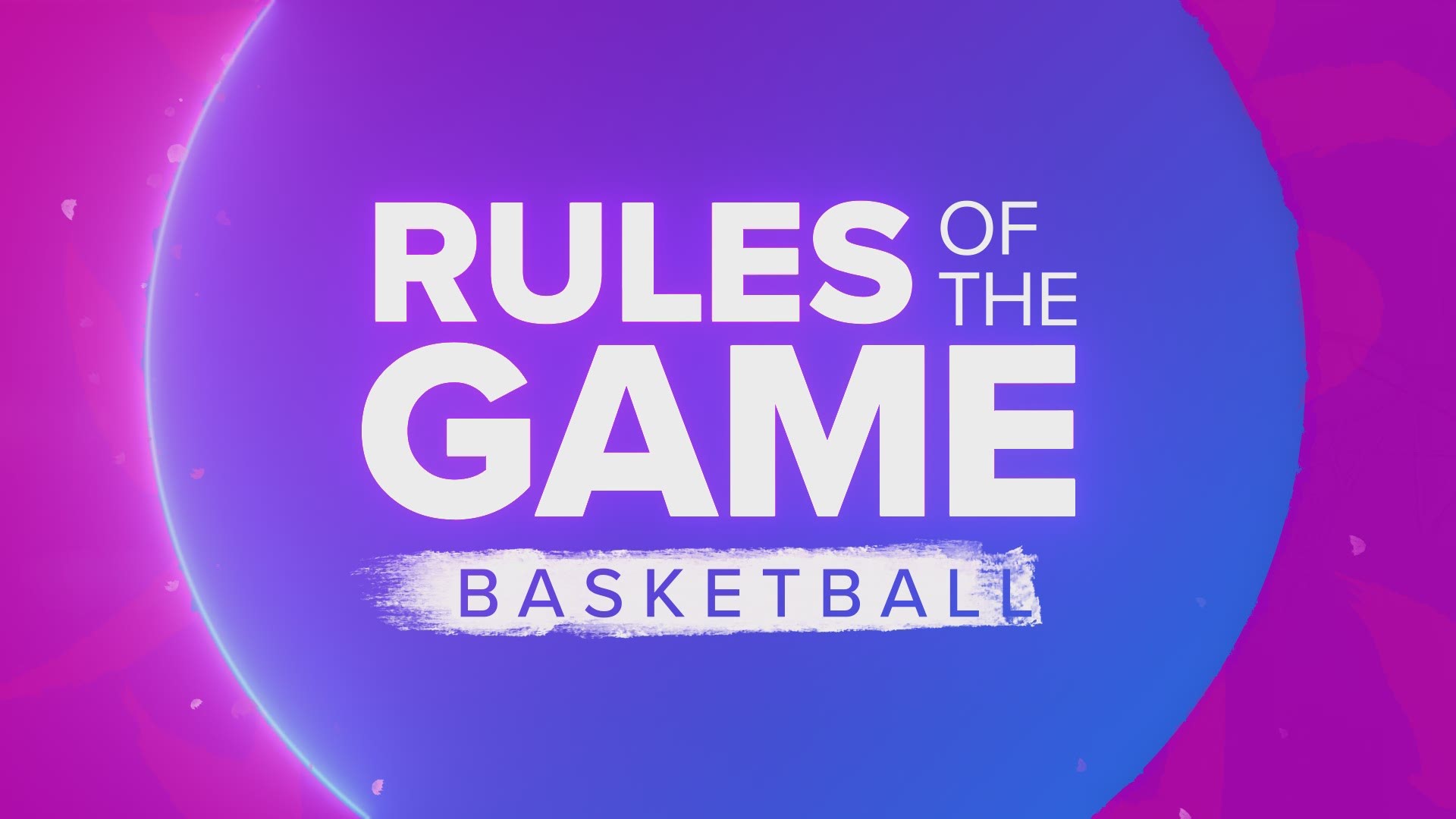In a sign it's embracing more urban sports, the Olympics is introducing 3-on-3 basketball at the 2020 Games in Tokyo. The Olympics will use 3-on-3 rules established by the International Basketball Federation (FIBA), so be ready for fast-paced action with little time to breathe.
There will be tournaments for both men and women at the Olympics, with eight teams each. The U.S. failed to qualify in men's, but will have a women's team with WNBA players Kelsey Plum, Stefanie Dolson, Allisha Gray and Katie Lou Samuelson.
3-on-3 is a half-court game played with one basket and a specially designed ball that’s different from a standard basketball. You win by either being the first team to 21 points or if your team is in the lead after 10 minutes. If the game is tied after 10 minutes, there will be overtime. The first team to score two points in overtime wins.
Each team will have four players -- three on the court and one bench player. Each team gets one time-out per game in addition to any TV time-outs.
If a member of the team on offense misses a shot or their final free throw, and they rebound the ball, they do not have to go back behind the arc before taking another shot. If the defensive team rebounds the ball, they must return the ball behind the arc before taking a shot. The ball must also be taken back behind the arc after a made basket.
The three-point arc in conventional basketball becomes a two-point line in 3-on-3. Shots made inside the arc are one point. There is a 12-second shot clock. Once a shot is made, the team taking possession next does not need to throw it in from out of bounds. That means the person rebounding the ball can immediately toss it to a teammate outside the arc, who can take a shot. Teams have to be ready to transition from offense to defense in an instant.
If a shooter is fouled in the act of shooting, the number of free throws they are awarded will be determined by whether they were behind the arc. Each team has a limit of six fouls. For fouls seven, eight and nine, two free throws are awarded. On the 10th foul and above, it's two free throws and possession of the ball. All technical fouls are awarded one free throw.
In jump ball situations, the team on defense is awarded the ball.
After a series of pool-round games, there will be a tournament featuring the top eight teams to determine the champion on July 28.

